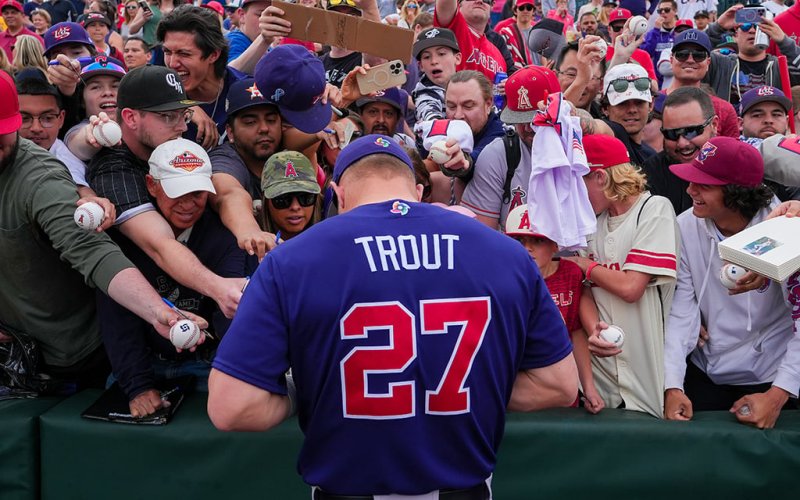
In the relentless, ever-scrolling current of the digital age, attention is the most coveted currency. Every second, billions of pieces of content vie for our gaze, from witty tweets to earnest long-form articles. Yet, amidst this cacophony, one element consistently rises above the noise, serving as an undeniable magnet for human interest: visual content. For social media marketers, understanding and leveraging the profound power of visuals isn't merely an advantage; it is an absolute imperative for survival and success in today's hyper-competitive landscape.
The notion that humans are inherently visual creatures is not new. Our brains are wired to process images at an astonishing speed – up to 60,000 times faster than text. In a world saturated with information, where the average attention span seems to shrink with each passing year, this primal preference for visuals becomes the cornerstone of effective communication.
On social media platforms, where users often make split-second decisions about what to engage with and what to scroll past, a compelling image or an engaging video isn't just a nice-to-have; it's a non-negotiable gateway to capturing attention and initiating interaction.
Capturing the Fleeting Gaze: The "Thumb-Stopping" Power
Social media feeds are dynamic, fast-paced environments. Users are constantly scrolling, performing a subconscious "scroll test" on every piece of content that crosses their screen. A paragraph of text, no matter how eloquently written, often fails this test. A striking image, a vibrant infographic, or a captivating video, however, possesses what marketers term "thumb-stopping" power. It forces the user to pause, even if for just a fraction of a second, creating that crucial window of opportunity for your message to land.
This phenomenon is not arbitrary; it's deeply ingrained in how social media algorithms operate. Platforms like Instagram, Facebook, TikTok, and even LinkedIn prioritize visual content because they recognize its superior ability to generate engagement. Posts with images and videos consistently achieve higher reach, impressions, and engagement rates compared to plain text posts. By presenting your information visually, you're not just appealing to human psychology; you're also aligning with the very mechanics of content distribution on these platforms, increasing your visibility and ensuring your message reaches a wider audience.
Beyond Attention: Driving Engagement and Interaction
The impact of visual content extends far beyond mere attention capture. Once a user's scroll is halted, visuals act as powerful catalysts for deeper engagement. A compelling image can evoke an emotion, spark curiosity, or inspire action in ways that text alone often cannot. Research consistently shows that social media posts with visuals receive significantly more likes, shares, and comments than those without.
Consider the role of emotional connection. A photograph of a smiling customer interacting with your product, a video showcasing the impact of your service, or an infographic revealing a startling statistic – these visual narratives create a bridge between your brand and the audience's emotions. People share content that resonates with them, and visual content is inherently more shareable due to its immediate impact and often universal appeal.
This organic sharing then amplifies your reach exponentially, turning your audience into brand advocates. Furthermore, visuals can reduce the cognitive load for the viewer, making it easier to digest complex information, understand a product's benefits, or participate in a call to action, thereby directly contributing to higher click-through rates (CTRs) and conversions.
Building Brand Identity and Fostering Memorability
In the crowded marketplace, a strong and distinct brand identity is paramount. Visual content is the bedrock upon which this identity is built and maintained. Through consistent use of brand colors, logos, typography, imagery style, and video aesthetics, businesses can create a cohesive and recognizable visual language. This consistency fosters familiarity, which in turn breeds trust and loyalty. When consumers repeatedly encounter your brand's unique visual signature, it becomes etched in their memory, making your brand more recallable when they are ready to make a purchase decision.
Moreover, visual content enables unparalleled storytelling. Instead of simply stating your brand's values, you can show them through evocative images and videos. A brand committed to sustainability can visually depict its eco-friendly practices; a service-oriented company can share video testimonials demonstrating customer satisfaction. This "show, don't tell" approach is incredibly powerful. It allows brands to convey personality, authenticity, and professionalism, forging a deeper connection with the audience that transcends mere transactional interactions.
The Versatility of Visual Formats: A Dynamic Landscape
The beauty of visual content lies in its diverse and ever-evolving formats, allowing marketers to tailor their approach to specific platforms, audiences, and campaign objectives.
- Static Images: High-quality photos, custom graphics, infographics, quote cards, and memes remain foundational. Infographics, in particular, are superb for breaking down complex data into easily digestible, shareable chunks.
- Video Content: This is arguably the most dominant form of visual content today. From short-form, attention-grabbing videos on TikTok and Instagram Reels to longer-form educational content on YouTube and live streams for real-time engagement, video offers unparalleled opportunities for demonstrating products, sharing behind-the-scenes glimpses, conducting Q&As, and telling immersive stories.
- Interactive Visuals: Polls, quizzes, AR filters, and shoppable posts elevate engagement by inviting active participation, transforming passive viewers into active participants.
- User-Generated Content (UGC): Images and videos created by customers are incredibly powerful. They offer authentic social proof and leverage the trust people place in recommendations from their peers.
The key lies in understanding which formats resonate best on each platform and with your specific target audience. A professional B2B company might find success with crisp infographics and explanatory videos on LinkedIn, while a fashion brand might thrive with dynamic short-form videos and visually appealing static posts on Instagram and TikTok.
Measuring Impact and Optimizing for Continued Success
The importance of visual content isn't just anecdotal; it's quantifiable. Social media platforms provide robust analytics tools that allow marketers to track the performance of their visual content. Metrics such as reach, impressions, engagement rates (likes, comments, shares, saves), click-through rates, and even conversion rates can all be directly attributed to the effectiveness of your visuals.
By diligently analyzing this data, marketers can gain invaluable insights into what resonates most with their audience. A/B testing different visual styles, color palettes, video lengths, or calls to action can reveal optimal strategies. This data-driven approach allows for continuous refinement and optimization, ensuring that your visual content strategy remains agile and effective in a constantly changing digital environment.
Conclusion: A Non-Negotiable Pillar of Modern Marketing
In conclusion, the vital importance of visual content in social media marketing cannot be overstated. It is no longer just a component of a marketing strategy; it is the very bedrock upon which successful social engagement is built. From the initial capture of fleeting attention in a scroll-dominated world to the cultivation of deep brand loyalty and measurable conversions, visuals are the most potent tools in a marketer's arsenal.
Brands that prioritize high-quality, relevant, and strategically deployed visual content are not just participating in the social media game; they are mastering it. They are connecting with their audiences on a deeper, more emotional level, fostering engagement that translates into tangible business results. As the digital landscape continues to evolve, one truth will remain constant: in the battle for hearts, minds, and wallets, the brands that tell the most compelling visual stories will inevitably emerge victorious.







0 Comments
Post Comment
You will need to Login or Register to comment on this post!